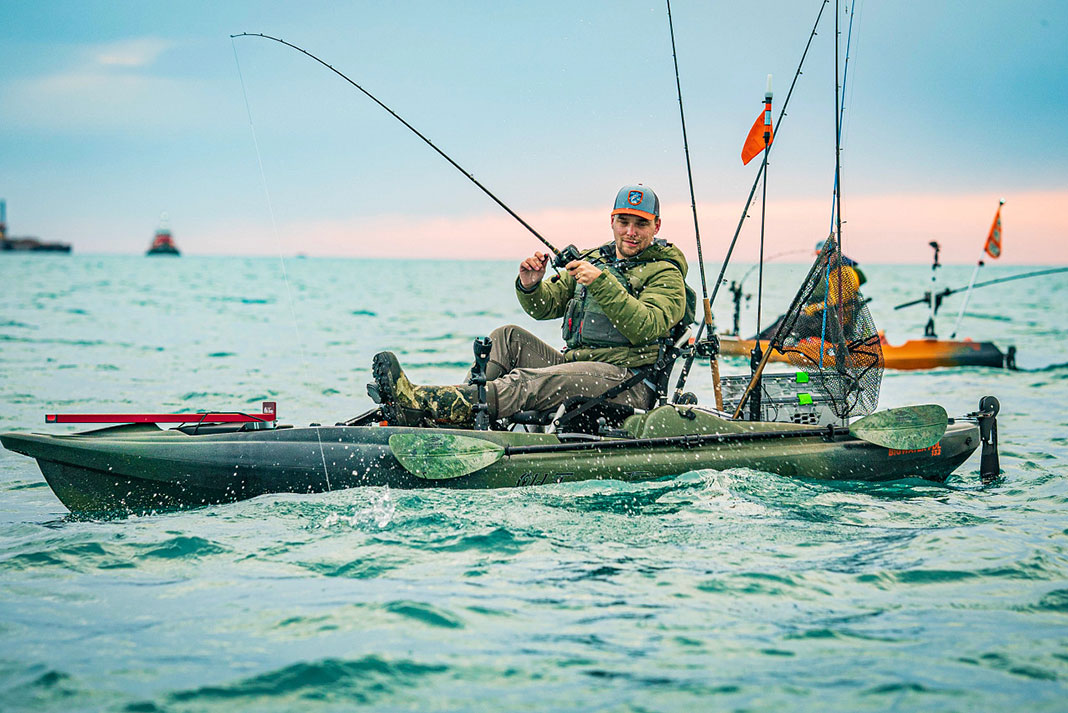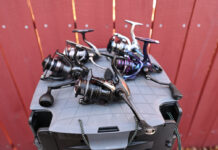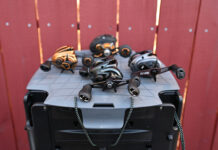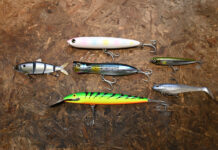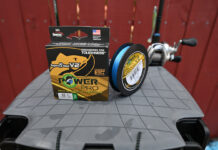While most anglers look for hatches, rod holders, pods, mounts, tracks and other fishing amenities when shopping for a kayak, they should turn the boat over and look at stringers, channels, keel and waterline for a real indication of a boat’s fish-ability. Kayak designers spend hours slaving over hull features that squeeze every ounce of speed and efficiency out of their boats. Three of the best known kayak companies stepped out of their comfort zones to build a better mousetrap; here’s what they learned about balancing stability and performance.
The Hull Truth: How Kayak Design Affects Your Fishing
Backwater kayak design
New Zealand-based Feelfree Kayaks jumped into the backwater boat market with the Lure 10 and 11.5. That gave company founder Paul Lepper carte blanche on the hull.
“The two objectives were stability and weight capacity,” Lepper says. The challenge is to pack as much capacity into a boat that is small enough to maneuver while standing. To do this, his team used a channeled hull, which features two grooves running the length of the boat.
“Channeling the hull increases surface area to increase capacity and improve straight line tracking,” he says, adding that it also extends the point of balance so an angler can paddle while seated or standing.
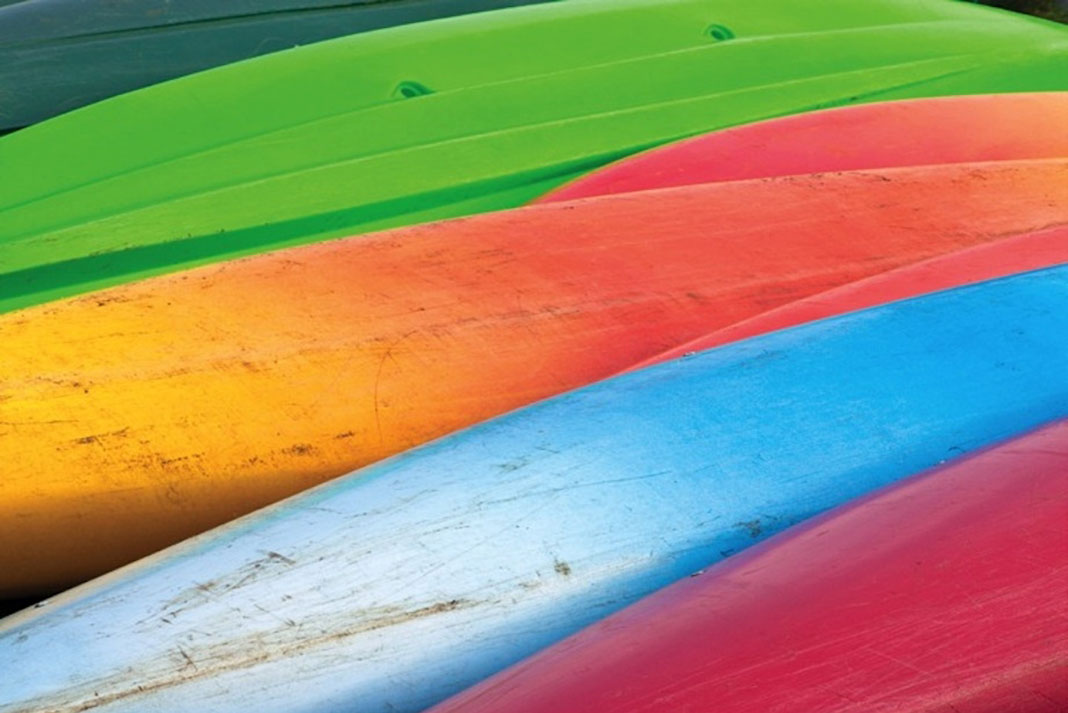
Sit-inside fishing kayak design
The folks at Pelican International in Quebec, Canada, have plenty of experience designing sit-inside kayaks, but building a sit-inside fishing kayak was new territory.
“We had to accommodate a paddler who will be casting and fighting fish without tipping over,” marketing coordinator Jennifer Di Donato says.
Di Donato explains that a traditional sit-inside has a rounded hull that increases speed but decreases stability and maneuverability. “The Intrepid has a twin-arched hull to move more positive flotation out of the sides, giving it maximum secondary stability,” she says.
A keel and two stringers make the boat even more stable while maintaining speed and tracking.
Open-water hull design
Rough water, surf, wind and long distances require a boat that is fast, stable, agile and capable. “It’s a difficult balance,” admits lead designer David Maughan at Wilderness Systems in Greenville, South Carolina. Their Thresher open water model incorporates rocker, to improve maneuverability. A 15-foot boat with no rocker will paddle straight and be difficult to turn. Curving up the bow and stern places less of the hull in the water, making it easier to turn.
“When the boat is surfing in,” Maughan adds, “the rocker keeps the keel in the water so the boat stays straight.”
Flared sides also help the boat handle surf. Flat sides would cause the boat to broach and the paddler to catch an edge. “But flared sides help the boat rise over a wave,” says Maughan.
Flared sides also give an open-water boat a narrower, more efficient footprint in the water. As more weight is added, the footprint increases to improve stability.
What about length?
“A bigger angler carrying heavier loads will want a longer boat,” Maughan says, “while a lighter angler will get the same performance out of a smaller model.”
Kayak hulls come in many shapes and sizes, so choose the best design for you. | Feature photo: Tom Kirkendall


